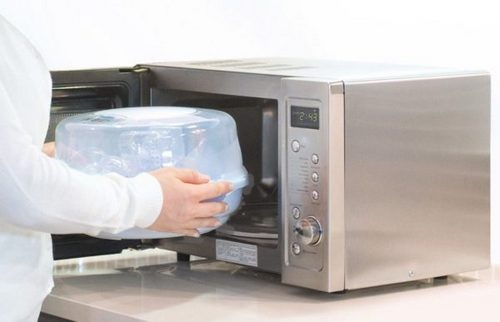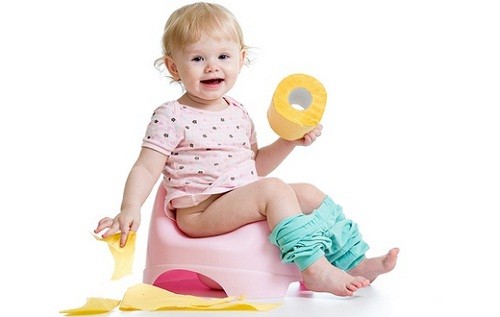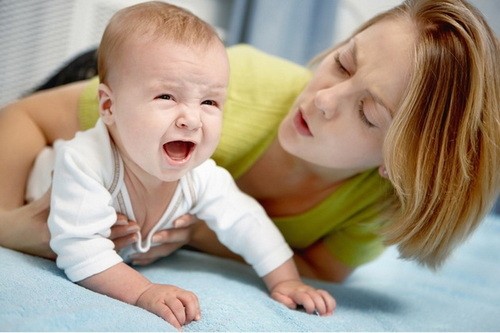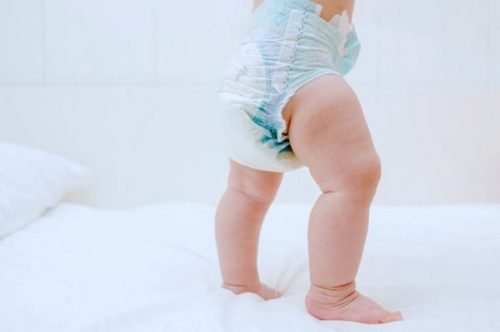Intestinal infections among children of the first month of life are more likely to develop with artificial feeding. To avoid such a problem, young mothers need to know how to sterilize bottles for newborns, since most often the remnants of the infant formula are the source of infection.
The procedure can be carried out in various ways. Modern household appliances make this process convenient and fast. As a result, pathogens of bacteria are destroyed: bacteria and fungi.
When a baby is breast-fed from birth, he is more susceptible to infection. The reason is that the adapted infant formula is prepared and served to the baby in a bottle.
Why sterilize bottles?
This capacity is usually small in diameter, at the place of attachment of the nipple there are many recesses (thread) – all these features complicate the cleaning process. After some time, the nutrients contained in the milk mixture become an ideal medium for the propagation of pathogenic microflora. Thus, a small area invisible to the eye can become a source of infection.
Russian pediatricians believe that sterilizing bottles for newborns is a mandatory procedure.
In the same way, all the objects that the child takes in his mouth should be processed: nipples, soothers, teethers. The recommendation is based on the fact that the baby’s immunity is not yet fully formed and any infection is difficult to tolerate, often with complications.
But not all doctors share this view. In Europe, pediatricians do not recommend sterilizing bottles and nipples for newborns. The environment surrounding the child contains many bacteria, fungi, viruses, protozoa. She is not sterile. Therefore, creating such conditions artificially does not make sense. The sooner a child begins to encounter pathogens, the faster their immune system will form.

So do I need to sterilize bottles for newborns? Each mother answers this question independently, based on her own ideas about the potential threat of infection. The main thing is to choose tactics from the very birth of the baby and adhere to it until the end of feeding mixtures.
Sterilization skills are required not only for those women whose children eat the mixture. With natural (breastfeeding) breast pump is often used. This device allows the young mother to go away on business, leaving the baby with her grandmother, father or nanny. In such cases, you need to sterilize not only the bottle, but also all parts of the breast pump. Read more on how to use a breast pump →
Sterilization preparation
How to sterilize a bottle for a newborn? First you need to thoroughly wash it – rinse off the remnants of the mixture, and then treat with a brush. For better cleansing, you can use baking soda or gel for washing children’s dishes.

Particular attention should be paid to the bottom and place of attachment of the nipples – it is in such inaccessible places that food most often remains. The nipple should also be thoroughly washed.
All children’s dishes are dishwasher safe. It is best to do this separately from an adult and with the use of special mild detergents.
Sterilization methods
Modern methods of sterilizing bottles save mom’s time, but if there is no suitable technique, you can do just boiling on the stove. Consider the most common methods:
- Double boiler. It is necessary to fill the water compartment, put all the bottles with the neck down, the nipples – the base. Details of the breast pump, teethers, spoons can be folded into the upper compartment. Turn on the steam cooker in standard mode (“cooking”) for 10 minutes. After it turns off and cools down a bit, the dishes can be used.
- Slow cooker. How to sterilize bottles for newborns in a slow cooker? This method is similar to the previous one, since its implementation will require a steam grate. All the accessories that need to be laid out are laid out on it. Pour 1 liter of water into the bowl and turn on the “steam” mode for 10 minutes. After completing the program and cooling the appliance, the bottles can be used.
- Saucepan on the stove. Bottles and nipples should be placed in a saucepan, pour water to the top and put on the stove. Bring to a boil and after 5-7 minutes remove from the burner. Then drain the water. Bottles can be left in the pan, covered with a lid, until they are needed.
- Sterilizer. This appliance has several compartments in which the dishes are installed. Pour water into the heating part and turn on the device for 12-15 minutes. After sterilization is complete, it is recommended that the bottles be left under the lid so that they remain completely clean until use.
- Microwave. Before sterilizing bottles for newborns in the microwave, you need to put them in a container with a lid or a special bag. Then fill with water, close and turn on the device in standard mode for 5-7 minutes.
- Cold water with an antiseptic. In pharmacies, you can buy special tablets for disinfecting dishes. They are designed to prepare a solution in which bottles and nipples are soaked for half an hour. After sterilization, they should be washed thoroughly with boiled water. This method is the most gentle, since even plastic bottles for newborns can be sterilized in it.

Efficiency
Bottle sterilization remains an effective method of preventing infections in the baby. It is used until the baby’s immune system begins to develop its own antibodies to harmful microbes, as a rule, this happens during the first year of life.
Which sterilization method is most effective? Subject to the rules, the result will be the same: the complete destruction of all pathogenic microorganisms. The difference is only in convenience and time spent.
For more busy mothers, sterilization in a microwave, multicooker, sterilizer or double boiler will be the best option. At the same time, boiling does not require additional equipment, and soaking in an antiseptic solution affects the bottles most sparingly.
Sterilizing bottles for newborns is a preventative measure against intestinal infections. There are several ways to process children’s dishes: in a double boiler, slow cooker, microwave, sterilizer, antiseptic solution and in a saucepan on the stove. The effectiveness of these methods is the same. But it is important that after processing the bottles remain in a sterile environment until use, otherwise all efforts will be in vain.



